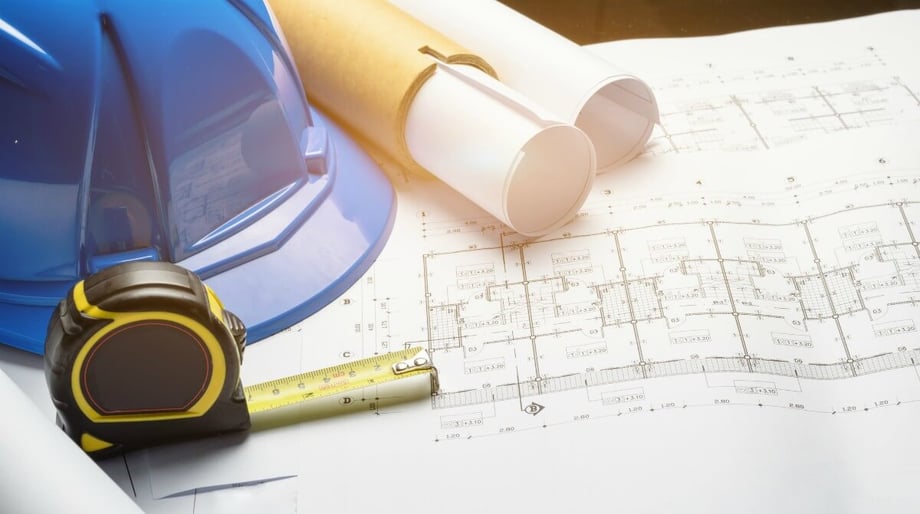
Through our regular interactions with various big players in the construction industry, we have noticed more and more that quality is being driven from the top down. Owners of large buildings and developers of multiple projects are now asking their contractors to up their game on quality management, for a number of reasons:
- First-time quality is lacking; the same mistakes are being repeated.
- Major, preventable quality issues are adding costs, delaying projects, and adversely impacting the build quality.
- Clients have higher expectations.
- Many clients already have good quality management systems or are working with some quality contractors (and like what they see).
Unfortunately, the construction industry has not matched the pace of progress in other industries, which is why quality is becoming more client-driven. Emphasis on quality also tends to trickle down from clients to General Contractors (GCs), as project managers are pushing subcontractors to do more self-inspecting.
Initially, this might seem like a burden for GCs. In fact , committing to first-time quality in construction actually offers many benefits:
- Higher profits (less time and money spent on correcting deficiencies)
- Happier clients refer others and come back for repeat projects
- More satisfied crews and subcontractors ("subs") whose work is criticized less
Whether or not you have noticed the same trend, improving your commitment to quality within a construction project by implementing effective quality control measures doesn't harm—it can only benefit you and your clients. You will also be prepared for the next client who questions your construction quality control processes.
What NOT to Do for Improved Quality in Construction
Does this scenario sound familiar to you? Defects are found during an inspection, but the subcontractors have already completed their part of the work and moved on, so the GC ends up fixing the deficiencies.
While this common practice prevents clients from seeing deficiencies, it steals valuable time from the GC and costs money. It costs the subcontractor even more to fix the mistakes, slows the project down, and potentially prevents others from doing work.
Another common practice, done in an effort to improve quality, is the GC continually policing the work done by subcontractors. While it is absolutely important for GCs and subs to achieve first-time quality by working together, everybody on the team must remember that they are just that—a team. Creating adversarial relationships will reduce efficiency while potentially causing more problems.
Take Steps to Improve Quality in Construction
If policing subcontractors while they work is not the solution, then what is? The key to achieving first-time quality and ensuring a smooth alignment between the client, GC, and subcontractors is to establish effective quality assurance within the construction process. In this context, the GC's role is to reduce friction and gaps between the product delivered by the subs and the client's expectations by implementing and enforcing well-defined quality control procedures.
The best way is to get everybody on the same page and set expectations before the project starts. This starts with a pre-construction meeting that identifies areas of risk based on the past experience of all parties involved. These high-risk items are included as checkpoints on inspection checklists; the goal is to pass acceptance inspections with first-time quality done every time. When subcontractors know the expectations, they are better able to address and avoid areas of risk. Ultimately, this leads to fewer deficiencies and an overall reduction in time and costs.
During construction, the GC’s role continues by actively helping all the players successfully deliver completed work to the project requirements. Jobsite walks allow for review of the work in process with the embedded idea of communicating expectations; your observations help subs pass their official acceptance inspections. Without jobsite walks, subcontractors may get so derailed that they have no chance to achieve a first-time quality acceptance inspection.
An acceptance inspection is the gatekeeper in the quality management process. Acceptance inspections shift the focal point to the goal that really matters most: the completed work meeting the project requirements. Use the inspection checklists to document proof positive that specific critical details are met (the checkpoints) and the achievement of overall compliance with the project requirements. Submit these inspection reports to your clients and they will have confidence that your quality process delivers on their expectations.
Remember that even the best quality contractors have issues—what happens after issues are corrected makes all the difference. Use the inspection data to measure the performance quality of trade subs and specific issues that they miss. Keep a positive partnering attitude by turning these problems into coaching moments, helping them be successful subcontractors. Isn't that what your client is doing by asking you to up your game on quality?
Are You Ready to Up Your Game?
Although quality has become more client-driven, GCs (General Contractors) can and should be the true leaders in managing quality construction for their construction projects. To achieve this, it's essential to have a well-defined quality assurance plan in place. If you wait for clients to ask, you are already playing catch-up. Definitely don't wait until the competition has picked up on the trend before you commit to a quality management system that allows you to produce fewer defects and continually improve your quality standards over time.
In order to deliver first-time quality work to the client, the builder needs to get first-time quality work from subcontractors. This starts by establishing the systems meant to help subcontractors and crews stay in alignment with project goals. If you’d like to learn more about quality management software that can help you up your game on quality in construction, contact FTQ360 today.


